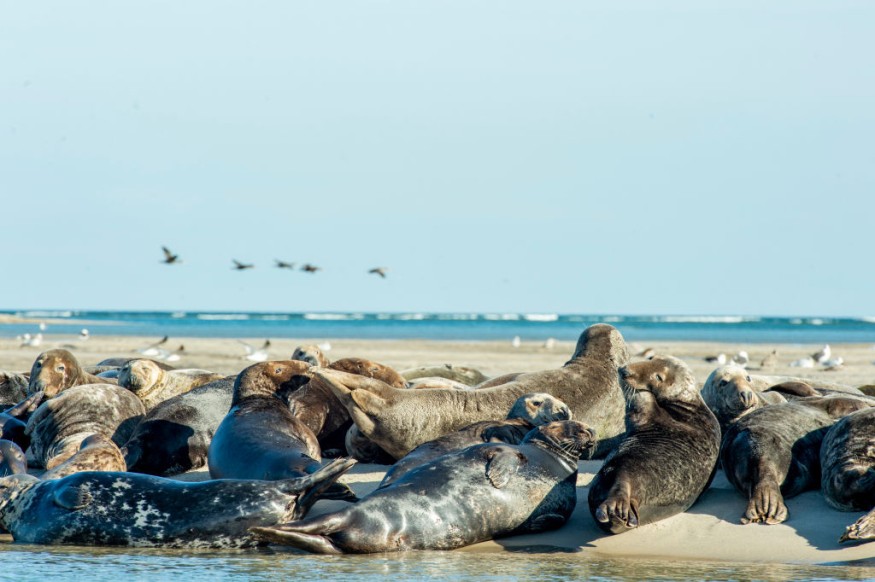Bird flu outbreak over the years have affected several millions of avian species worldwide.
In the United States, the outbreak from 2014 and 2015, the largest in recorded history, has led to the depopulation of 51 million birds, as a measure to stop the highly pathogenic avian influenza (HPAI) from spreading.
Now, the current outbreak, which started in 2022, has continued, and has spread to seals.
In a recent study, the Centers for Disease Control and Prevention (CDC) reported the outbreak involving HPAI type 5 called hemagglutinin and type 1 neuraminidase, infecting New England gray seals and harbor seals in the United States.
Initial reports said hundreds of seals have died from low pathogenic avian influenza, also called the North American H5N1, which is common among wild birds.
However, the CDC assessment has shown thousands of New England seals, instead of hundreds, have died from the current bird flu outbreak.
The latest figure is only in addition to the recorded death toll of over 70 million domesticated birds from the 2.3.4.4b variant of H5N1.
The latest findings confirmed previous concerns that bird flu could jump to other animal species.
New England Bird Flu Outbreak

The CDC study was published in the journal Emerging Infectious Diseases for the issue April 2023.
The findings were a result of the collaboration between the health US health body with Tufts University, New England Wildlife Centers, Marine Mammals of Maine, University of Massachusetts, National Oceanic and Atmospheric Administration Fisheries (NOAA Fisheries), and other institutions.
The research team reported the spillover of H5N1 into marine mammals in the northeastern region of the US, which coincides with the presence of the disease in wild bird populations.
Due to the growing threat, the team recommends the monitoring of both wild coastal birds and marine mammals like the New England seals.
New England Seal Deaths
Samples were taken to the seal population living in the northeastern US.
The results reveal that 17 samples from harbor seals and 2 samples from six gray seals were positive of the H5N1 virus.
The samples were found in regions where there are suspected avian influenza outbreaks among different seabird species like cormorants, eiders, gulls, and terns, as cited by the website News Medical.
Furthermore, the team asserted that birds are not the typical prey of seals but some interactions between the two animal groups may have allowed the virus to jump from the avians to the large mammals.
In addition, the CDC study showed transmissions of the virus between infected and uninfected seals even without passing through the birds.
While human infections related to H5N1 are relatively rare, the World Health Organization (WHO) reported as of March that there have been a total of 868 human cases of bird flu infections from January 2003 to January 2023.
Out of all these cases, 457 or 53% were fatal, the WHO noted.
© 2025 NatureWorldNews.com All rights reserved. Do not reproduce without permission.





